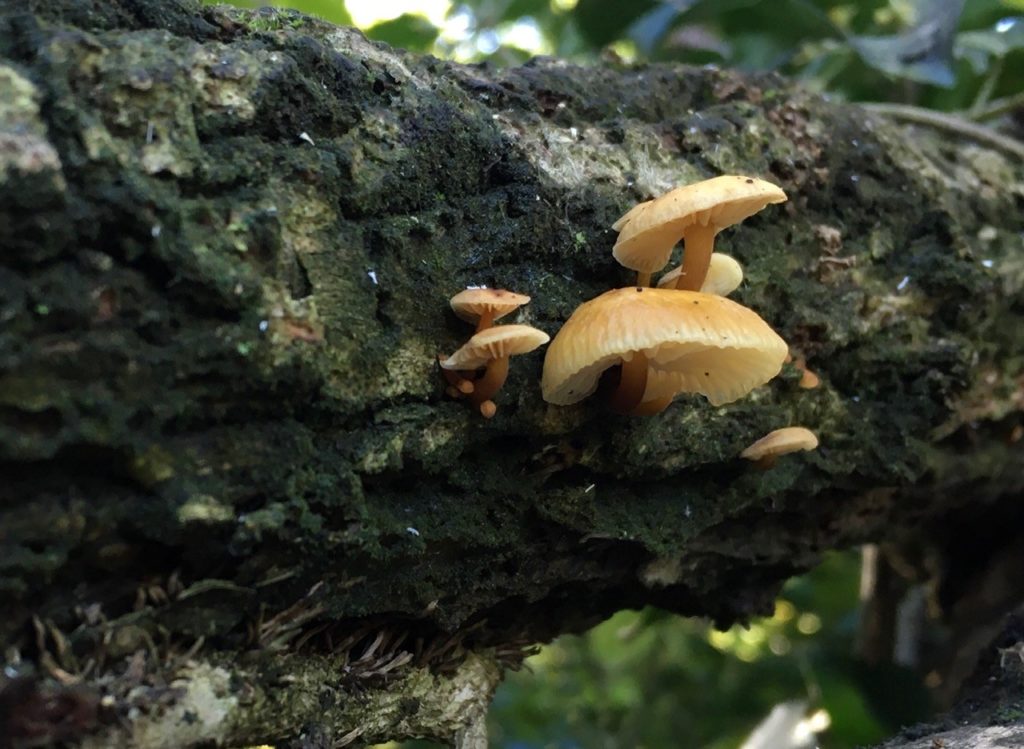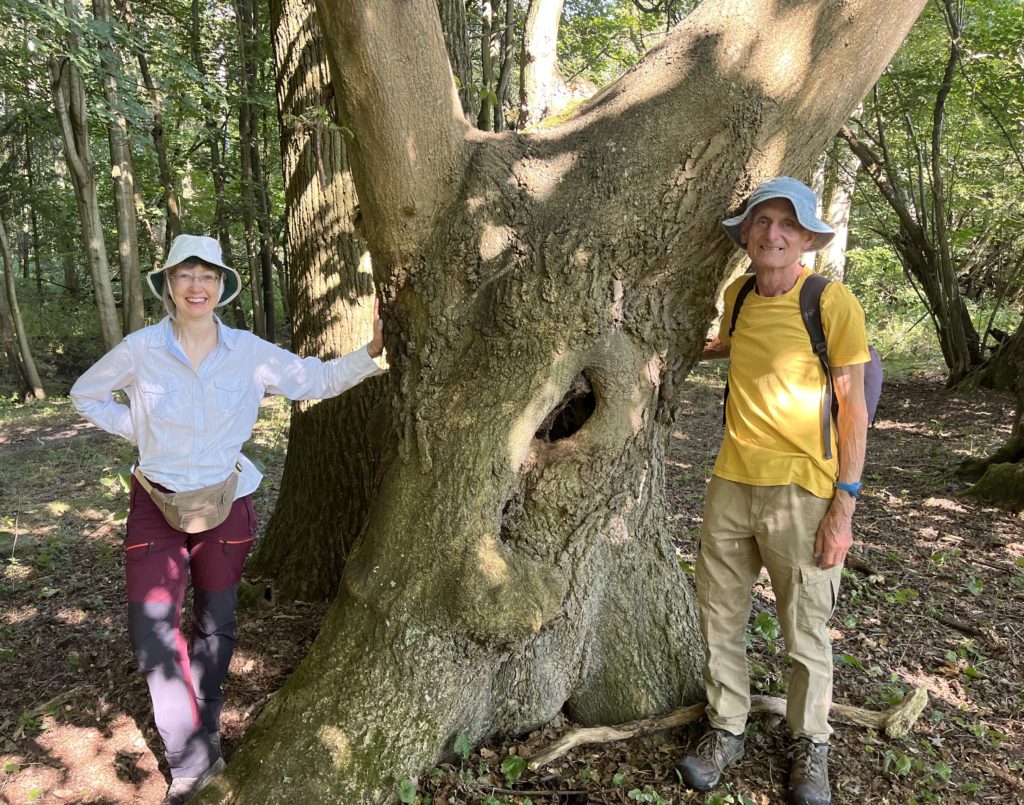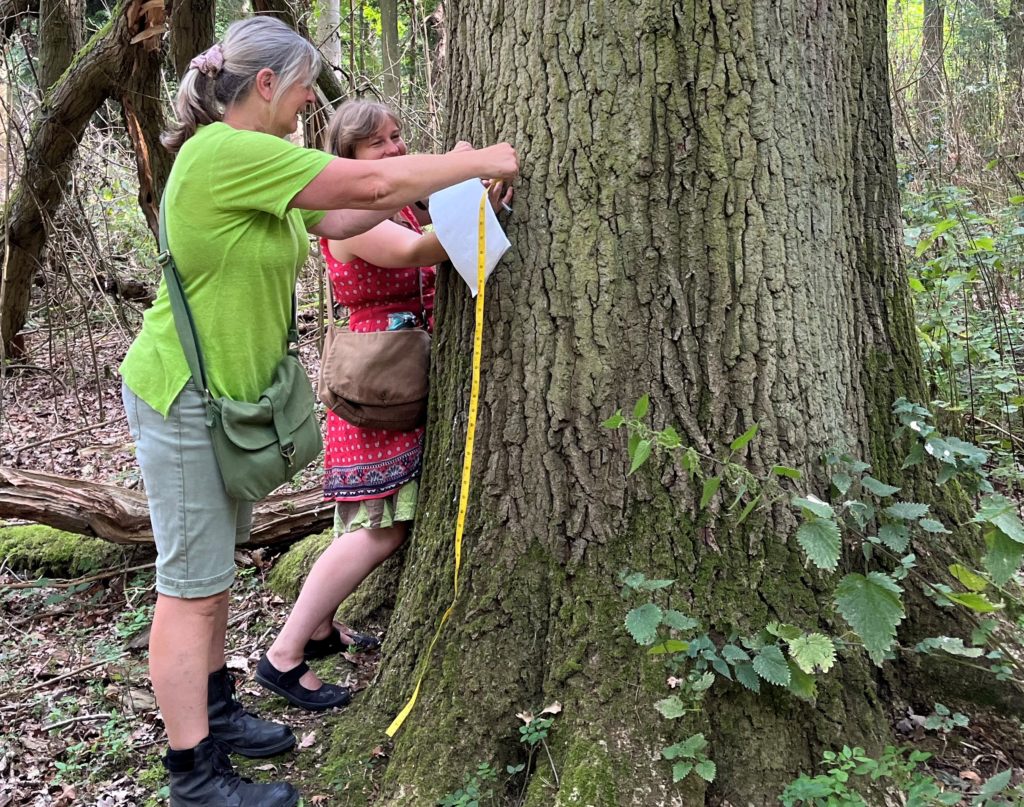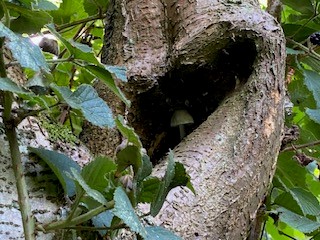Protecting the silent giants
The importance of mapping and recording trees
In a world increasingly dominated by technology and urbanisation, there’s something awe-inspiring about a venerable, old, and often gnarly, tree. These silent giants have stood witness to centuries of human history and changes in the natural world. They play a crucial role in maintaining biodiversity, providing habitats for countless species, and absorbing carbon dioxide from the atmosphere. Yet, many of these ancient wonders are at risk. To safeguard their future, we must take action, and one of the most effective ways to do so is by mapping and recording these majestic trees.
Nature’s living history
Ancient, veteran and notable trees, are more than just biological organisms. They are living archives of our planet’s history. Each gnarled and weathered trunk has stories etched into its bark, stories that tell of time’s passage, environmental changes, and human interactions. These trees, some of which have witnessed centuries of change, hold invaluable historical, cultural, and ecological significance.

The ecological importance of ancient trees cannot be overstated. Trees, like all lifeforms, must come to an end, but the older a tree is, the greater its biodiversity.
The decaying wood of an ancient tree is one of the most important habitats that exist in Europe. When the slow process of decomposition sets in, the decaying wood attracts birds, insects, fungi, and lichens. With their dead wood, hollows, crevices and rot holes, they are whole ecosystems, giving life to countless organisms.
Ancient trees are also exceptional carbon storage units, helping to sequester carbon dioxide from the atmosphere, vital for mitigating climate change.
Defining trees
An ancient tree is a tree that has reached an advanced age and has often stood for several centuries. These trees are typically characterised by their significant age and size. They often have large and impressive canopies, with wide trunks and extensive root systems. The exact age at which a tree is considered ancient can vary, but it is generally defined by its remarkable longevity in comparison to the typical lifespan of its species.
A birch tree could be considered as ancient at 150 years old, for example, but an oak tree would not be thought of as ancient until it’s at least 400 years old. Yew trees can live for thousands of years, so are not defined as ancient until they are 800 years old.
A veteran tree can be any age, but it is a tree which shows ancient characteristics, such as wounds or decay, which provide habitat features. These may be due to the tree’s age, but could also be the result of natural damage or other factors impacting the tree’s environment.
A notable tree usually refers to a magnificent looking mature tree which is significant locally because it stands out in its local environment. It may be particularly tall, or fat, or it may simply be that it’s in a part of the UK where trees are less common and it’s a recognised feature.

“…those grey, gnarled, low browed, knock kneed, bent, huge, strange, long armed, deformed, hunchbacked, misshapen oak men that stand awaiting and watching century after century.”
Frances Kilvert on ancient trees at Moccas Park, 1876
Earth Trust’s tree guardians
Hugh Hedgecock, our Access all Areas Trainee, is leading on a new project to map and record the mature trees in the woods around Earth Trust Centre, with the support of a new team of volunteers.
“Every week, we venture into Little Wittenham Woods to scan through a variety of different zones. We’re looking for key features such as hollowing, decay, sheltered splits, and fungi, which identify the tree as being of special interest. We then measure the tree’s girth at a height of 1.5m to determine whether it’s old enough to be notable, veteran or ancient.”
“We are finding a tremendous number of veteran and notable trees. The one I love the most is an old field maple which has hollowed significantly, and is visibly teeming with life. It is a wonderful example of the ecological importance of these very special trees.” says Hugh.
Exploring and studying our woodlands with forestry projects like this, offers a chance for local residents and environmental enthusiasts to get involved, learn about their natural surroundings, and feel a sense of stewardship. It’s also a great way to spend time in the woods with a real purpose, and with a group of likeminded people.
“It’s so lovely to find and meet these wonderful ancestors, and to play a part in their life and protection,” adds Debbie Lewington, one of the volunteers.
“Time spent measuring and noting facts about each tree means time noticing things you would otherwise miss, and you learn plenty of new facts! My favourite tree was a hazel which was providing a habitat for a toadstool,” says Marianne Meering, Earth Trust member of staff and volunteer.



Why map and record trees?
Mapping and recording ancient, veteran and notable trees is a vital step in their conservation and protection. These trees can be threatened by a multitude of factors, including urban development, climate change, and disease. Through systematic mapping, we can identify those that are endangered and develop strategies for their protection.
All the data we collect is added to the Ancient Tree Inventory (ATI) – a national database of verified notable, veteran and ancient trees. Our aim is to not only have all of our trees mapped out on the ATI, but also establish our own database which will allow us to create management plans and exclusion zones around our future and current veterans, to protect them to the best of our ability.
Trees are an irreplaceable part of our natural and cultural heritage. By mapping and recording these majestic giants, we can help ensure that they continue to inspire and benefit future generations. It’s a collective effort to preserve the living history of our planet, promote biodiversity, and combat climate change. So, join us as we embark on this journey to protect the giants that have watched over our world for centuries.
Get involved
If you spot a fantastic looking tree and think it might be an ‘ancient’, you can add a record to the national database. Go to the Woodland Trust website at ati.woodlandtrust.org.uk and follow the simple guide.